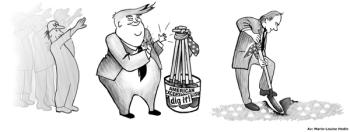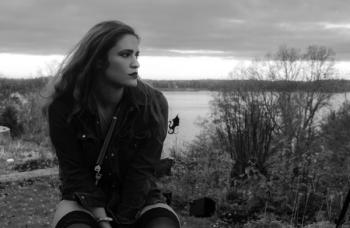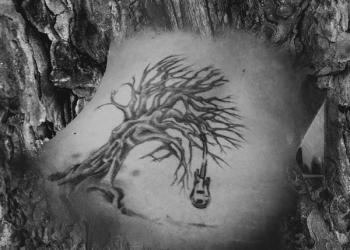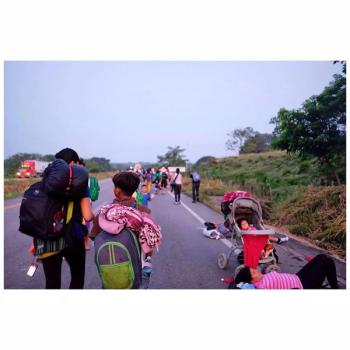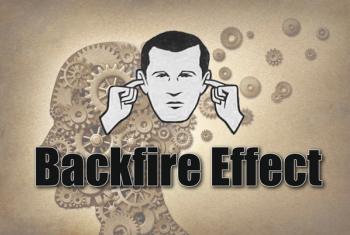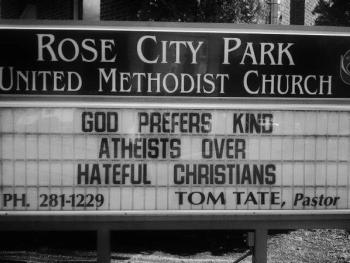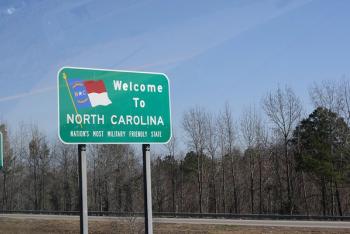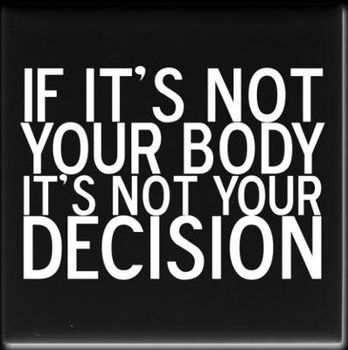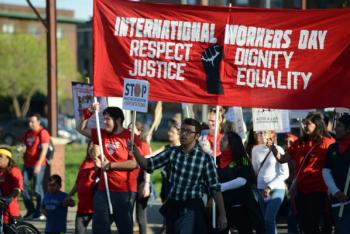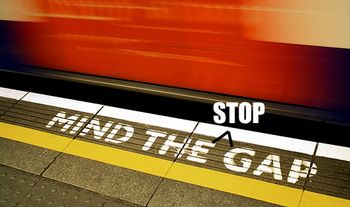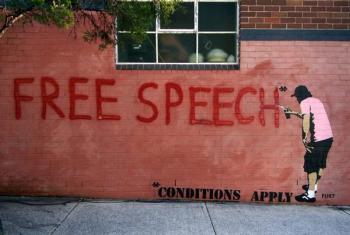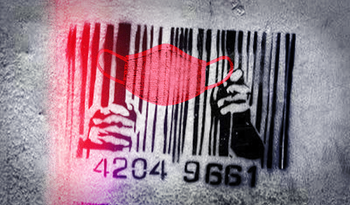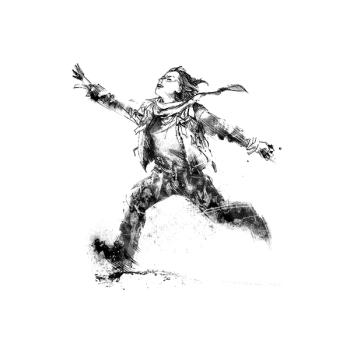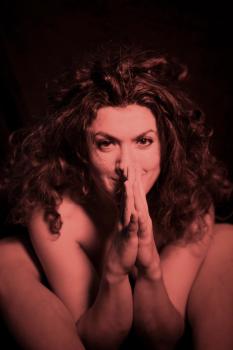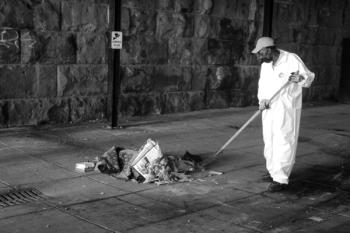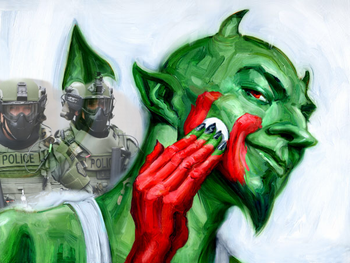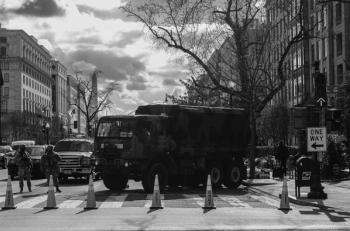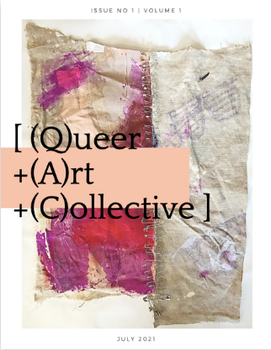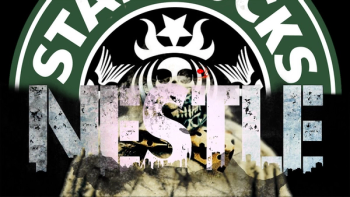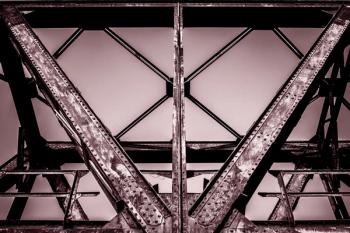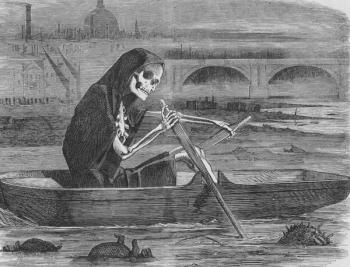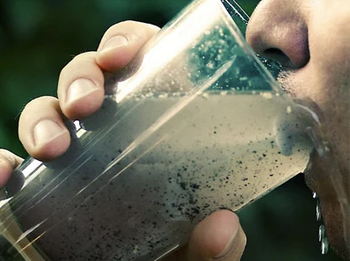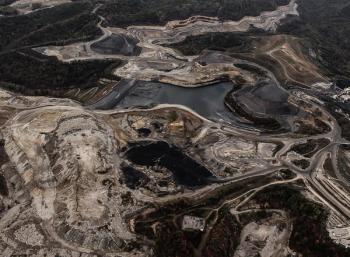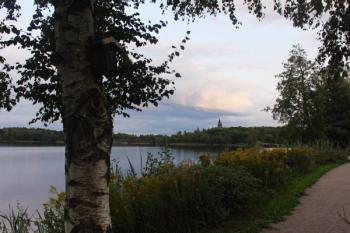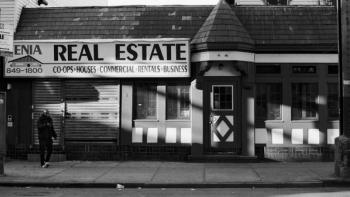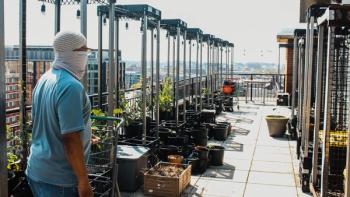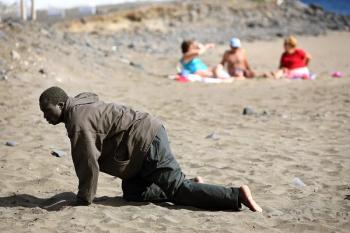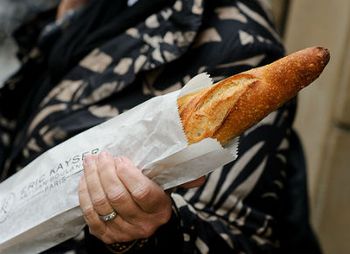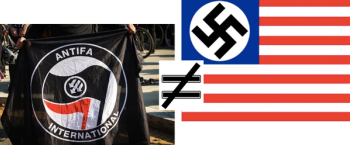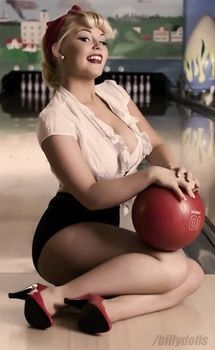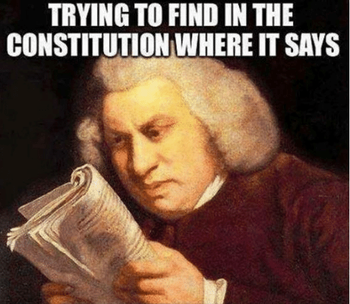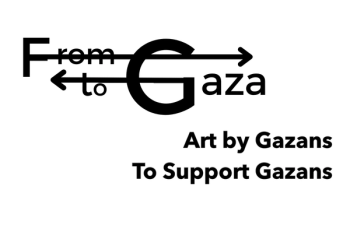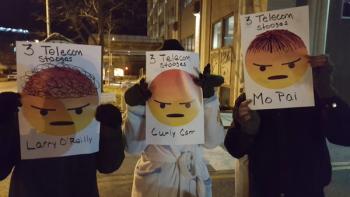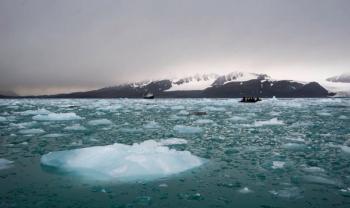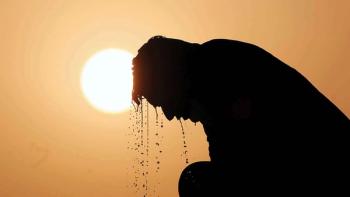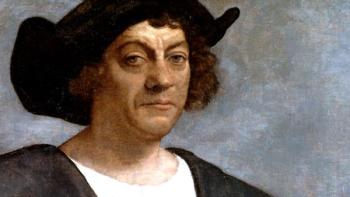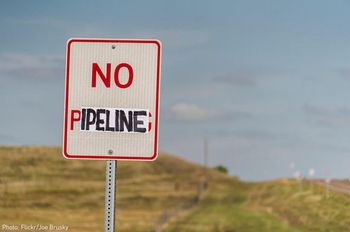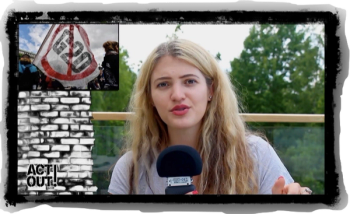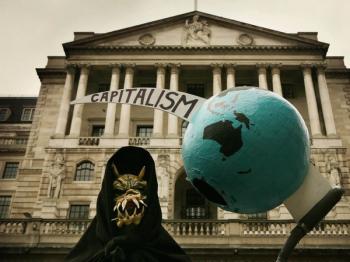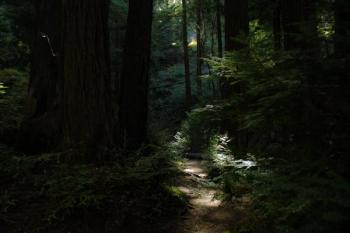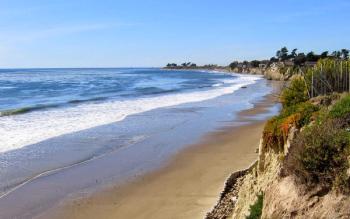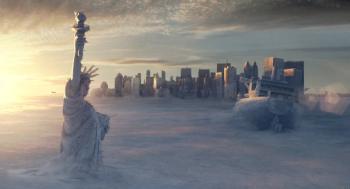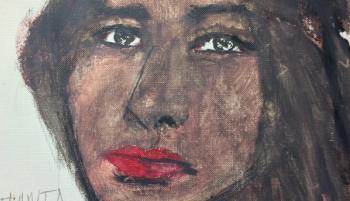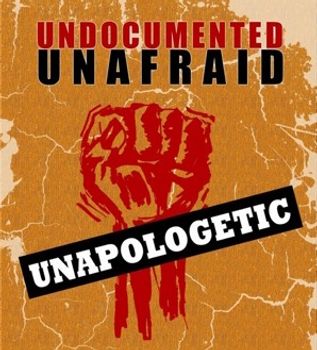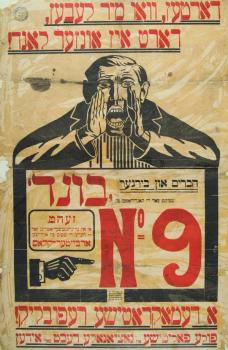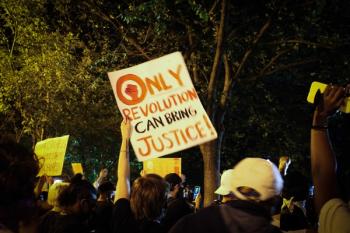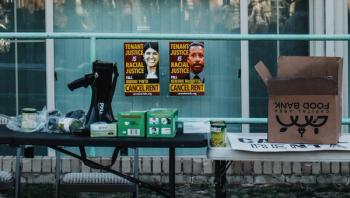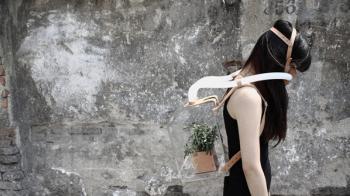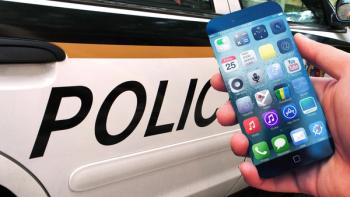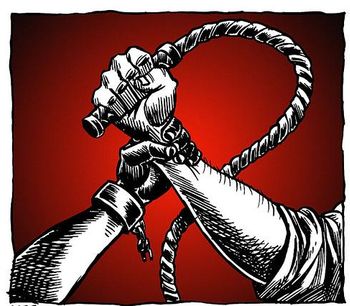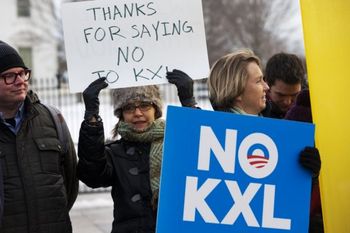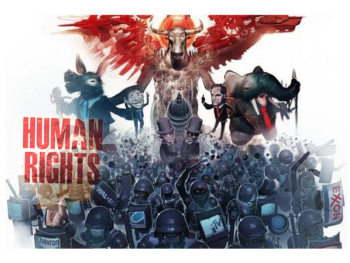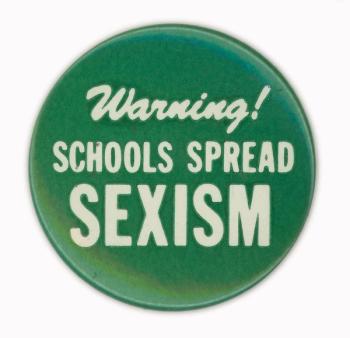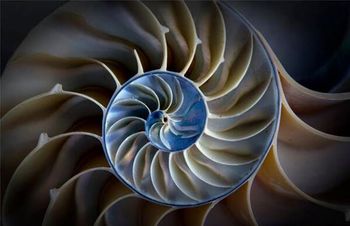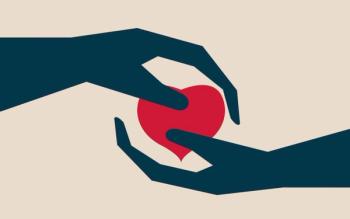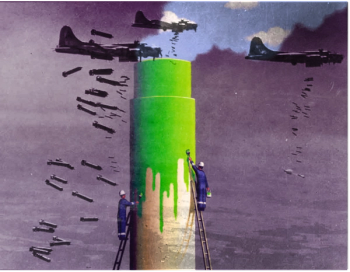
Art as Independent Media & Community Organizing
2024-12-27
by Eleanor Goldfield
With the ongoing genocide in Gaza, a lot of people are continuously grappling with rage and despair at not only the horrors, but how useless we seem in the face of it all. Many go to marches, many organize with local groups, some take direct action, and yet the horrors continue. But as renowned physician Gabor Maté said recently in an interview with Belgian activist Frank Barat, “uselessness is not an emotion. It's a self-judgement, and not a very compassionate one. No one is useless.” And indeed, this sentiment was shared by Dr. Khalil Khalidy, an orthopedic doctor and artist in Deir al-Balah, Gaza when I spoke with him on the Project Censored Radio show. “You can do plenty of things,” he said, explaining how frustrating it is when people tell him there is nothing they can do. “It starts with educating yourself. After you educate yourself, start conversations in your circles, in your workplace, in your neighborhood, with your friends, when you go out...try to do that as much as you can because it helps and it does have an effect.”
As a community organizer and creative, I have long felt that one of the best ways to start and support such conversations is art. I like to say that art won't topple empires but it will inspire those who do. After all, who among us hasn't felt riled up or inspired after leaving a great concert, an art show, a powerful film, a theatrical performance, etc. Art connects people through our emotions rather than our analytical brains – we connect as the raw and jagged humans that we are rather than the various identities and labels we carry or weigh others down with. To borrow and rework a quote from Gramsci, in these times of monsters, art is therefore a catalyst and a salve, an experience outside of oneself that taps our own complex and myriad emotions.
Hosted by the worker co-op bookstore and cafe Red Emma's in Baltimore, the From Gaza to Gaza gallery art show features five artists currently in Gaza and a total of sixteen pieces of art that encompass the full spectrum of human emotion, from jagged hope to raging despair to cultural celebration and pride. Each piece is therefore also a frontline report, a dispatch that made it through Israel's ongoing targeting of journalists and the truth. In this way, the art goes far beyond a beautiful visual offering. It is political education through independent news media. The artworks are collective evidence of the lived realities of the artists who created them.
With all that the art is and gives to the people who engage with it, the objective wasn't and isn't for it to be simply a one-way reportage or conversation catalyst but rather a mutualist effort. All the art is for sale with one-hundred percent of the money going to the artists, nothing deducted by Red Emma's or for printing costs. Each artist has their own statement as to what their funds will be used for. Khalil, for instance, is raising money for his fellow doctors. Assaf Mousa is raising funds to support children in his camp. In the month of November, the art show raised $1,805. We hope to raise even more in the month of December after which our goal is to make the art available online so that anyone can buy it wherever they are, thereby mutualistically building awareness here at home while supporting Gazans in a small way. There are also plans to have another and bigger show in Washington, DC in early 2025.
In that same interview, Gabor Maté reminds us that “it's good to be in touch with other people whose hearts are broken. Let our hearts be broken together.” In a maelstrom of 'positive vibes' only vapidity, genocide denial, and seemingly impossible escalations of war crimes, our acknowledgement of the world's horrific realities is not only necessary, it is heavy work. Community is how we carry these burdens, how we remind each other of our humanity through our mirrored broken hearts. Art is a way to build that community, to sustain it, to comfort and inspire it. In his closing comments during our interview, Khalil asked that people check on their friends in Gaza, if they have them. “Make them feel heard, make them feel not alone. And that they are remembered, that you care for them.” I told him it is the least that we can do, and we can do more. No one is useless. There is much we can do. Be creative. Be dangerous.
* If you know of a gallery or space in your area that would be interested in hosting an event to raise funds through art, please reach out!

